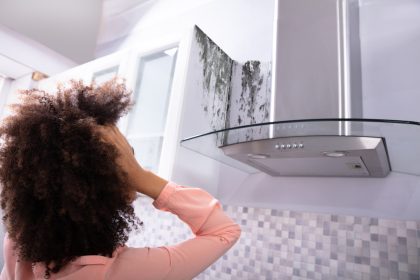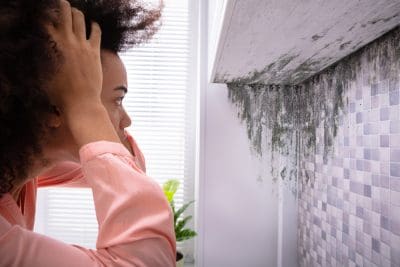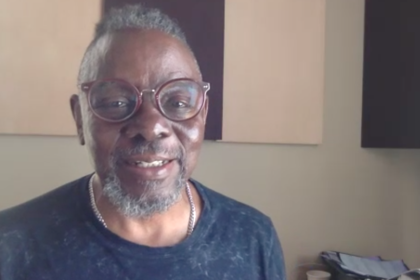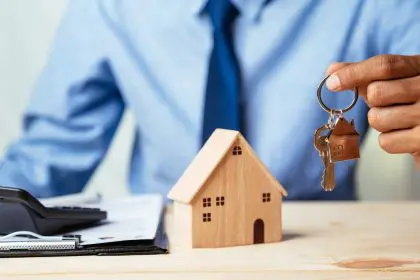Floods can wreak havoc on homes, causing immediate and visible damage to structures, furnishings, and personal belongings. However, one of the most insidious and less visible threats that can emerge after a house flood is black mold. This toxic mold, or Stachybotrys chartarum, can grow and spread in damp and humid conditions left behind by floodwaters. The presence of black mold not only damages the integrity of a home but also poses significant health risks to its occupants. Understanding how black mold hides after a house flood and the health problems it can cause is crucial for homeowners to take preventive and remedial actions effectively.
The silent spread of black mold
Ideal conditions for mold growth
Black mold thrives in damp, warm environments, making a recently flooded house an ideal breeding ground. The water from the flood seeps into walls, floors, and furniture, creating moist conditions that can persist for weeks or even months. Areas that are often overlooked, such as basements, crawl spaces, and behind walls, are particularly vulnerable. Mold spores are microscopic and can easily become airborne, spreading throughout the house and colonizing new areas.
Hidden locations of mold growth
After a flood, black mold can hide in various locations within a home, often going unnoticed until significant damage has occurred. Common hiding spots include:
- Behind walls and under wallpaper: Moisture trapped in walls provides an ideal environment for mold to grow unseen.
- Under carpets and flooring: Floodwaters can seep under carpets and floorboards, creating hidden moisture pockets.
- Inside HVAC systems: Mold can grow inside air ducts and HVAC units, spreading spores throughout the house whenever the system is used.
- In insulation materials: Insulation in walls and attics can retain moisture long after a flood, providing a perfect breeding ground for mold.
Detecting hidden mold
Detecting hidden black mold can be challenging. Homeowners should look for signs such as:
- Musty odors: A persistent musty smell can indicate mold growth.
- Discoloration and staining: Black or greenish stains on walls, ceilings, or floors can be a sign of mold.
- Health symptoms: Unexplained health issues, such as respiratory problems or allergic reactions, may suggest the presence of mold.
Health problems caused by black mold
Respiratory issues
One of the most common health problems associated with black mold exposure is respiratory issues. Inhaling mold spores can lead to:
- Allergic reactions: Symptoms include sneezing, runny nose, red eyes, and skin rash.
- Asthma attacks: Mold spores can trigger asthma attacks in people with asthma.
- Chronic sinus infections: Prolonged mold exposure can cause chronic inflammation of the sinuses, leading to frequent sinus infections.
Neurological symptoms
Black mold can produce mycotoxins, which are toxic compounds that can affect the nervous system. Exposure to these mycotoxins can result in neurological symptoms such as:
- Headaches: Persistent headaches that do not respond to typical treatments.
- Memory loss: Difficulty concentrating and short-term memory loss.
- Mood swings: Changes in mood, including depression and anxiety.
Immune system suppression
Long-term exposure to black mold can weaken the immune system, making individuals more susceptible to infections. Symptoms of immune system suppression include:
- Frequent infections: Increased frequency of colds, flu, and other infections.
- Chronic fatigue: Persistent fatigue that does not improve with rest.
- Joint pain: Unexplained aches and pains in the joints.
Skin irritation
Direct contact with black mold can cause skin irritation. Symptoms include:
- Rashes: Red, itchy, and inflamed skin.
- Hives: Raised, itchy welts on the skin.
Preventing and mitigating mold growth
Immediate actions after a flood
It is crucial to act quickly to prevent mold growth after a flood. Here are some immediate steps to take:
- Remove standing water: Use pumps and wet vacuums to remove standing water as quickly as possible.
- Dry the affected area: Use fans, dehumidifiers, and open windows to dry out the area thoroughly.
- Remove damaged materials: Dispose of water-damaged carpets, furniture, and drywall that cannot be thoroughly dried.
Professional mold remediation
Professional mold remediation is often necessary to thoroughly remove black mold and prevent its return. Professional services typically include:
- Inspection and assessment: Identifying the extent and location of mold growth.
- Containment: Isolating the affected area to prevent the spread of mold spores.
- Removal: Safely removing and disposing of mold-infested materials.
- Cleaning and disinfection: Using specialized cleaning agents to kill mold and disinfect the area.
Ongoing prevention measures
Preventing black mold growth requires ongoing vigilance. Homeowners should:
- Control humidity levels: Keep indoor humidity below 60% using dehumidifiers and air conditioners.
- Fix leaks promptly: Repair any leaks in roofs, walls, or plumbing to prevent moisture buildup.
- Improve ventilation: Ensure proper ventilation in bathrooms, kitchens, and other high-moisture areas.
Conclusion
Black mold poses a serious threat to a home’s structural integrity and its occupants’ health. After a house flood, mold can hide in unseen places, spreading silently and causing various health problems. Recognizing the conditions that allow mold to thrive and taking prompt, effective action to detect and remove mold is crucial for safeguarding your home and health. By understanding how black mold hides and the dangers it poses, homeowners can take proactive steps to prevent its growth and ensure a safe, healthy living environment.
In conclusion, being aware of the risks associated with black mold after a house flood is the first step in protecting your home and health. Whether through immediate action, professional remediation, or ongoing prevention measures, taking the necessary steps to address and mitigate mold growth is essential. By staying vigilant and proactive, homeowners can prevent the silent spread of black mold and avoid the serious health problems it can cause.
This story was created using AI technology.















